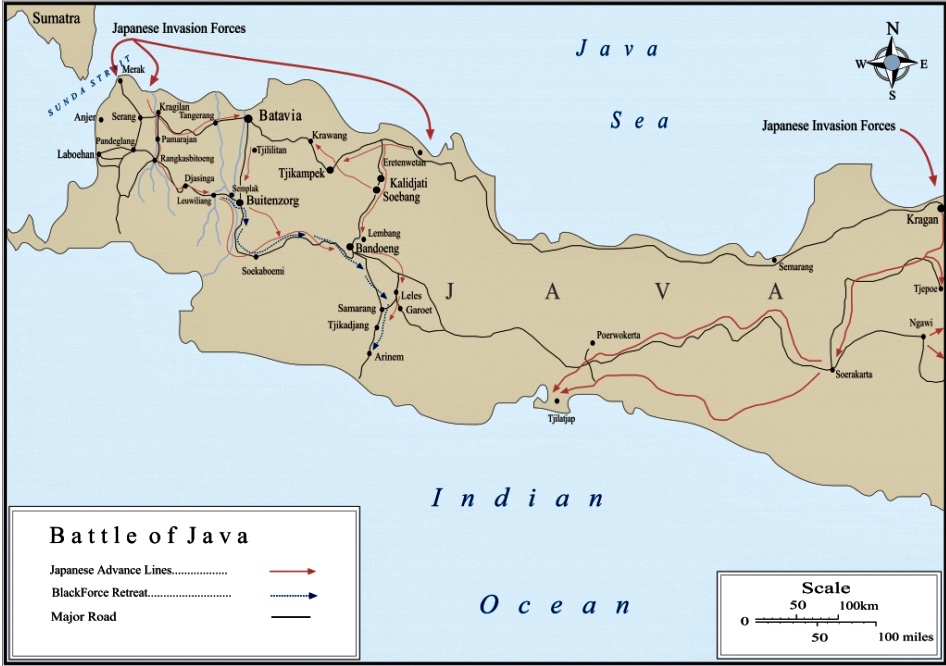

POWs (could be any nationality) working at unnamed location Java. Photograph was taken by Japanese soldier.
8th March 1942, Java – The POW Camp locations on Java
Following surrender on 8th March 1942 of all Allied forces fighting on Java Alf Sing, ‘Bluey’ Walsh, Tom Wayman, Doug Hampson and Jack Cocking met Lieutenant Colin Blakeway with a group at the tea plantation outside Arinem from where they decided to head for the coast in the hope of flagging down a passing ship or boat. This group remained on the south coast of Java for a few days and as Tom Wayman remembers, all they had to eat was bully beef and chocolate. Small parties were sent out travelling up to 60 miles in either direction in an attempt to find a means of escape.
Eventually dysentery and malaria began to take its toll on the men. Options changed when an officer arrived on the beach advising they would be machine-gunned by the Japanese unless they returned to the POW camp at Leles. The group returned to Leles.
‘Blackforce’ mostly remained in the vicinity of the tea plantation at Arinem whilst various medical staff remained the whole time at Bandoeng.
By the beginning of 1943 many Australian POWs would relocate to either Burma or Thailand as Java Parties to work on the Burma-Thailand rail link. Several would transit through Singapore to work on the Sumatran Pakan Baroe-Moearo Railway.
An extraordinary coincidence occurred in 1944 when Alf Sing, Doug Hampson and Jack Cocking became three of the 11 POWs who survived the sinking of ‘Rakuyo Maru’ in the South China Sea and were miraculously rescued by one of the American submarines which had earlier torpedoed their ship.
Amongst the POWs captured on Java were the men who survived the sinking of Australian light cruiser HMAS ‘Perth – many of these survivors in later life remained firm friends of 2/4th. There were also the survivors of the sinking of the American warship ‘Houston’.
The following are the main areas where POWs were imprisoned on Java.
LELES
The POW Camp at Leles was occupied from 14th March 1945.
The site was originally the square where the Javanese held their markets. The area had several buildings about 12 feet wide with just enough covering overhead to shade the vendor’s stalls. Most of the POWs were moved to the Bicycle Camp at Batavia between 30th March and 14th April 1942. The first group of about 50 prisoners left late March as the advance party with the intention they would build a camp prior to the main group arriving.
This never eventuated as they were billeted at Koan School at Glodok, a suburb in Batavia when they were moved to the Bicycle camp at Batavia in May 1942.
GAROET
On 14th April 1942 a group of mostly 2/3rd machine gunners left Leles for Garoet where they remained until 22nd June. The camp was located in the High School buildings that were serviced with light, water and sewerage. In June the POWs were moved to Bandoeng to Camp No. 12, the 15th Depot Battalion Barracks Camp where they met up with other Australians from 2/2nd Casualty Clearing Station.
BANDOENG-TJIMAHI
The main POW Camp at Bandoeng was Camp No. 12 in the former 15th Depot Battalion Barracks at Kampenment Street Bandoeng. POWs from 2/3rd MG Battalion moved to this camp on 22nd June 1942. Any of those who had remained at large were, when captured, imprisoned in a concentration camp at Soekaboemi, (Doug Carter was one of these) and in June they were transferred to Tjimahi. This was presumably to concentrate all POWs on Western Java into one area. The Soekamiskin Prison (Maurice Caldwell was at this prison from 15th January 1942 to 5th February 1944) was for Dutch British, American, Ambonese and Mendaonese POWs and Indonesian convicts.
Once the 1st Allied General Hospital was closed down the patients and staff were marched 6 miles from Bandoeng to a native prison, being the Landsop Camp at Tjimah. From here they were moved to No. 4 Camp which was possibly the 4th Battalion Barracks at Tjimahi, before again being moved back to Camp No. 12, the former Dutch 15th Depot Battalion Barracks at Bandoeng.
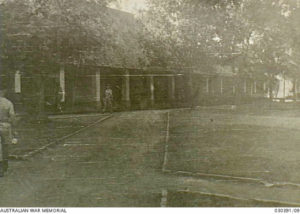
BICYCLE CAMP BATAVIA
The bicycle Camp at Batavia was located at a place called Senen in the older part of the city at Weltevreden. It was the former barracks to the 10th Battalion Bicycle Unit, Netherlands East Indies Army. In May 1942 the camp was almost completely filled with British and Australian POWs. Work parties would leave the camp to do labouring jobs around the environs of Batavia or on the wharves at Tanjong Priok. Tasks included roadwork, rolling steel drums, or sorting out motor vehicle parts, as there was a General Motors assembly plant at Tanjong Priok. On 14th May British and Dutch troops were moved to another camp and the Australians from Glodok Prison and the advance party from Leles, were transferred to the Bicycle Camp.
There were two 2/4th deaths at this camp:

WX7453 Edgar Cheetham Jones who died 6 July 1942 of bacillary dysentery aged 40 years
and WX7465 William James Nicholls became sick 30
Sep 1942 and died of bacillary dysentery 13 Oct 1942 aged 32 years
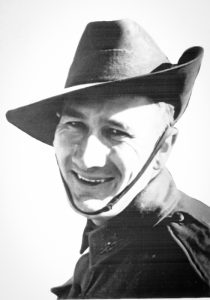
GLODOCK PRISON BATAVIA
Glodock Prison with its high walls and cramped cells was a gaol built by the Dutch and was located close to the port area of Batavia. Reports state that conditions at this camp were very bad with living spaces so crowded that men were forced to sleep in passageways. Australians were still there in May 1943.
MAKASURA
This camp was just to the south of Meester Cornelis on the Meester Cornelis-Tjilititan Road.
In May 1943 there were still about 500 British, Dutch and Australians POWs here working the vegetable market garden. It was from this camp that men who were included in Java Party No. 6 (Dunlop Force) departed for Singapore and Thailand on 4th January 1943. They had been transferred to Makasura from Bandoeng on 6th November 1942. This might then tell us that those members from 2/4th that were on Java No. 6 Party were likely at Bandoeng for most their stay on Java.
Desmond Jackson tells us that this camp at Makasura was located in a kapok plantation and describes the camp.
“A pleasant, heavily populated locality, abundant with tropical growth. High barbed-wire fences divided the camp into three small sections comprising a barracks area, a parade ground and an exercise yard. We spent most of our time in the barracks area where our living quarters were particularly crude bamboo huts”.
The five 2/4th men recovered from Java at end of war
WX10365 CALDWELL, Maurice William
WX9551 CARROLL, Frank Vincent
WX5132 FISHER, George
WX10761 WATTERS, Tom Murray
WX5073 WOOD, Thomas Ashton
The five 2/4th who died Java were:
WX7453 JONES, Edgar Cheetham – d. bacillary dysentery Bicycle Camp Batavia 6 July 1942.
WX4949 KINGSWELL, Ronald James – d. 23 March 1942 acute bacillary dysentery & appendicitis. A former Fairbridge Farm School boy, Ron Kingswell was engaged to be married.
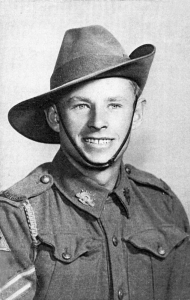
WX7645 NICHOLLS, William James – d. 13 Oct 1942 bacillary dysentery Bicycle Camp, Batavia.
WX79939 SAWYER, Clarence John – d. 1 Apr 1942 dysentery No. 1 Allied General Hospital, Bandeong.
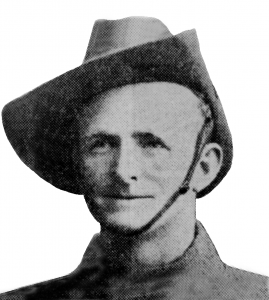
WX15614 WALKER, Robert Joseph – d. 5 May 1842 Bicycle Camp Batavia, dysentery aged 36 years.
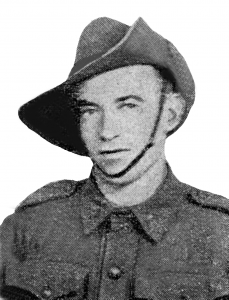
Bob Walker left his wife widowed living at Midland with two young boys.
During 1944 the following three 2/4th men were sent from Java to Singapore and onwards to Sumatra:
WX10343 BANKS, Noel Edwin – sent 1944 to Sumatra via Singapore to work on Railway – survived and recovered Sumatra.
WX8766 BOOTH, Harold Vernon – Java Party 22 to Singapore with Banks, then to Sumatra d. 15 Apr 1945 Pakan Baroe Railway, Sumatra.

WX8261 McASKIL, Robert Ramsay – departed with Java Party No. 20 to work Japan. However remained behind due illness, then sent Sumatra with Banks and Booth. d. March 1945 Sumatran Railway.
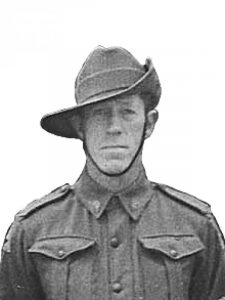
Other POW Camps in Java include:
Tandjong Priok: This was the primary Port of Java and were shipments of POWs departed from for Japan or the Thai-Burma Railway.
This camp was primarily for British POWs, with many senior officers and a complement of about 3000 men. It was a strictly disciplined camp with much saluting. The Senior Medical Officer was Lieutenant Colonel C W “Pete” Maisey, who had been Assistant Director of Medical Services (ADMS) Singapore. The Japanese guards were less visible, because of the size of the camp, but the British officers kept the men in order.
POW Camps in nearby Indonesian Islands:
Makassar POW Camp, Celebes
